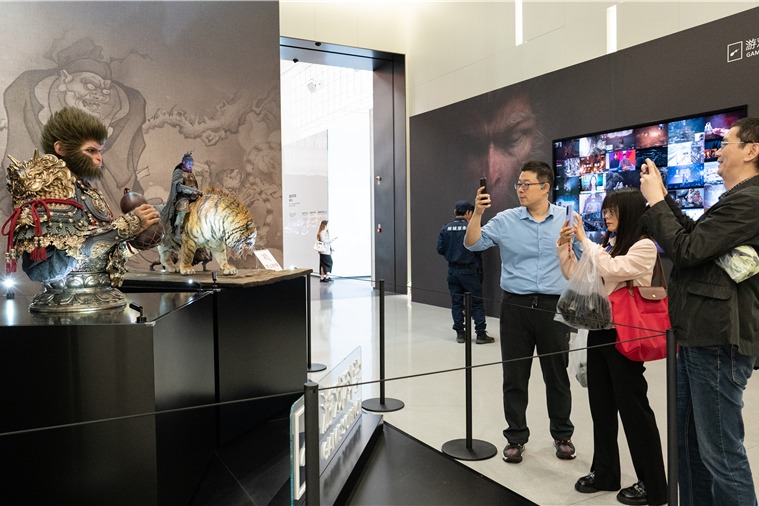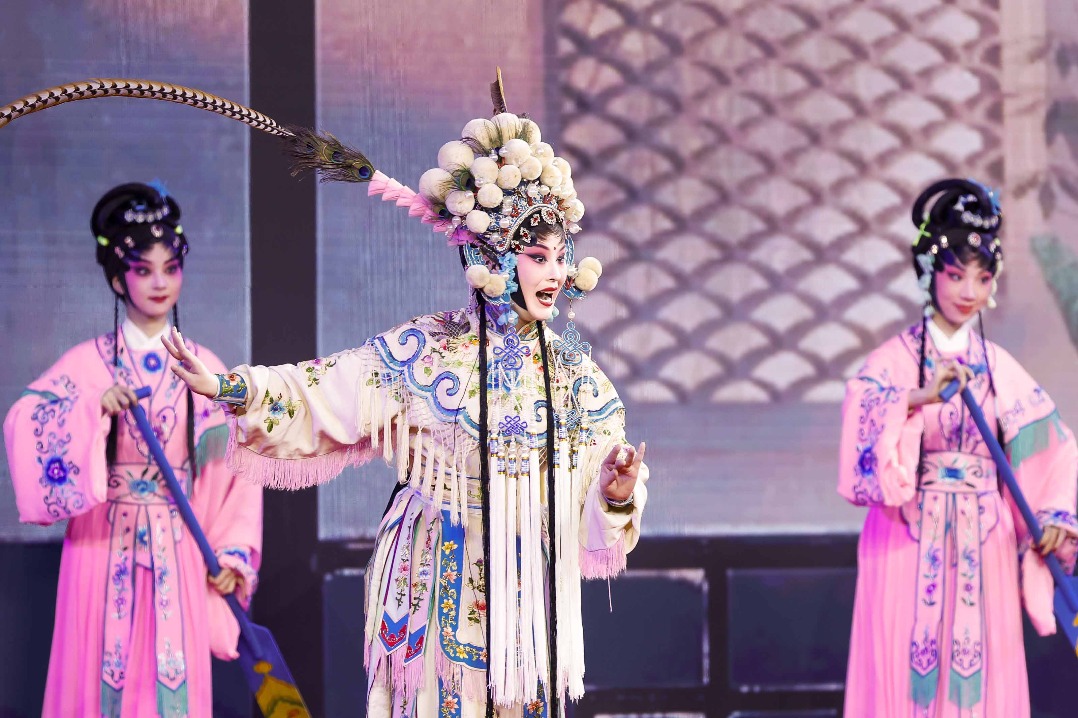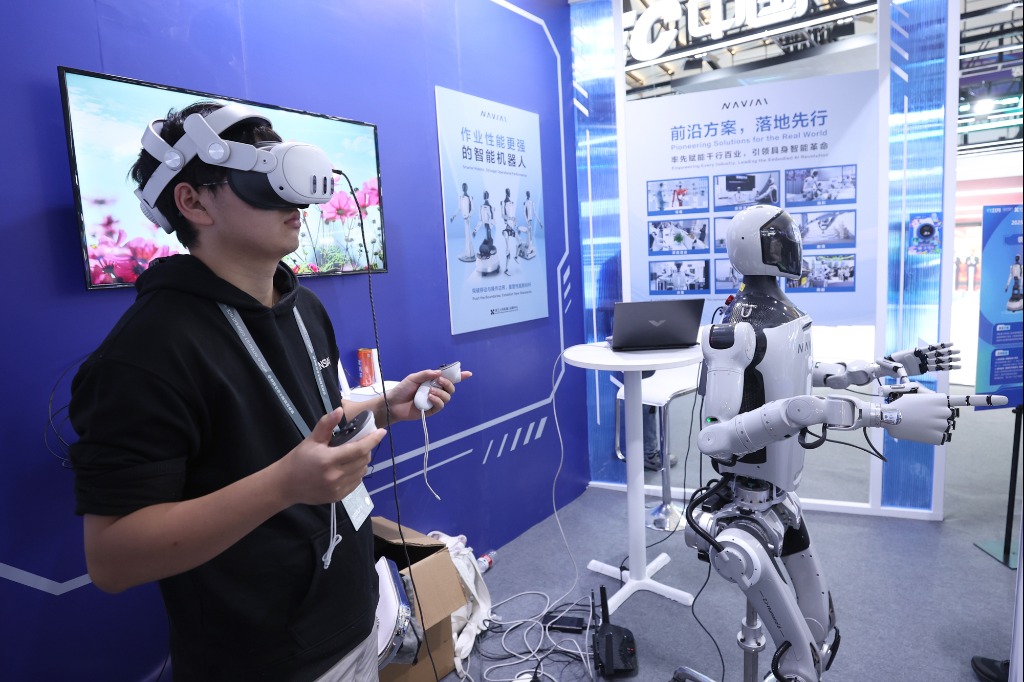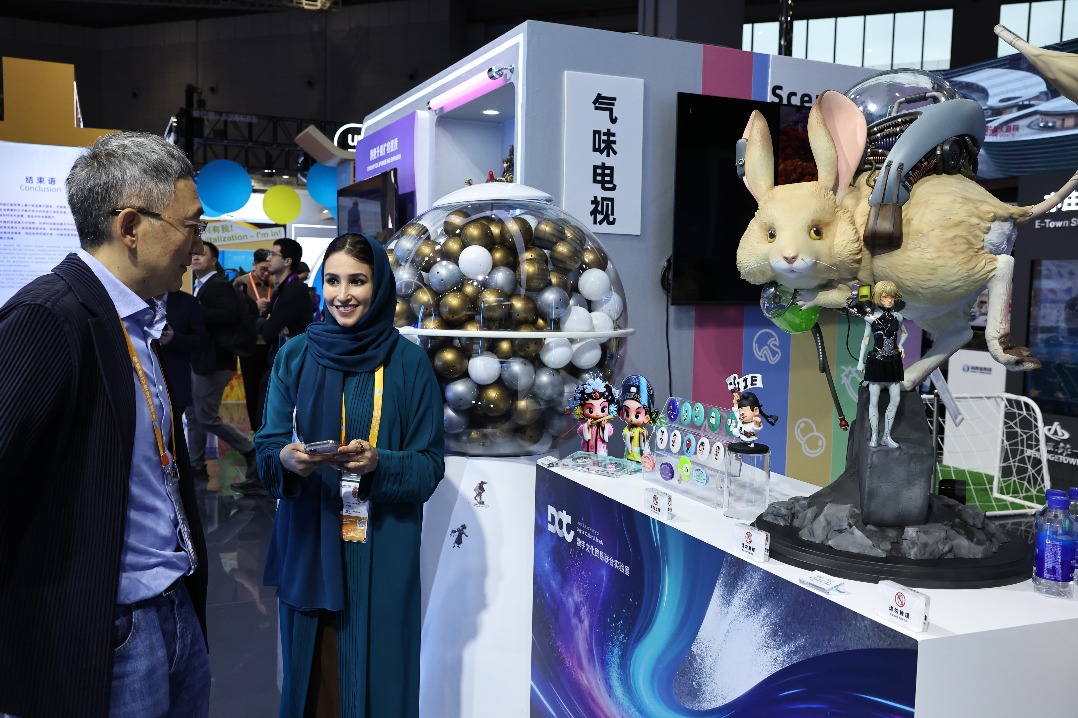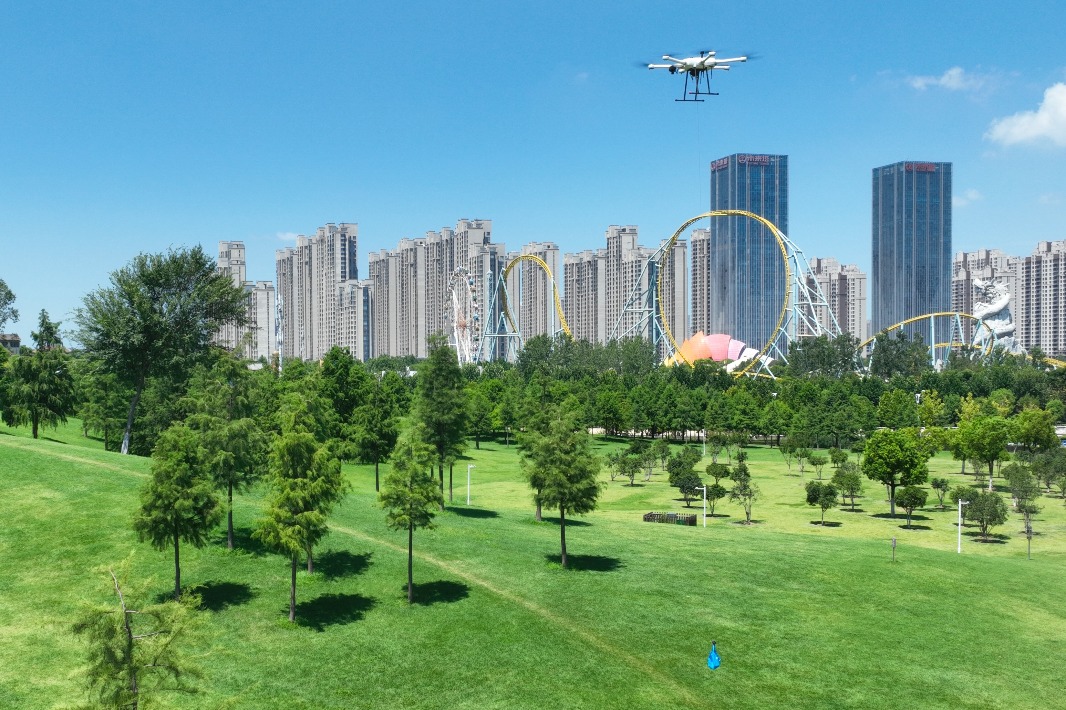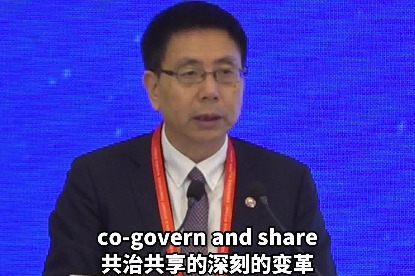AI-driven industrial upgrades cut costs, boost production

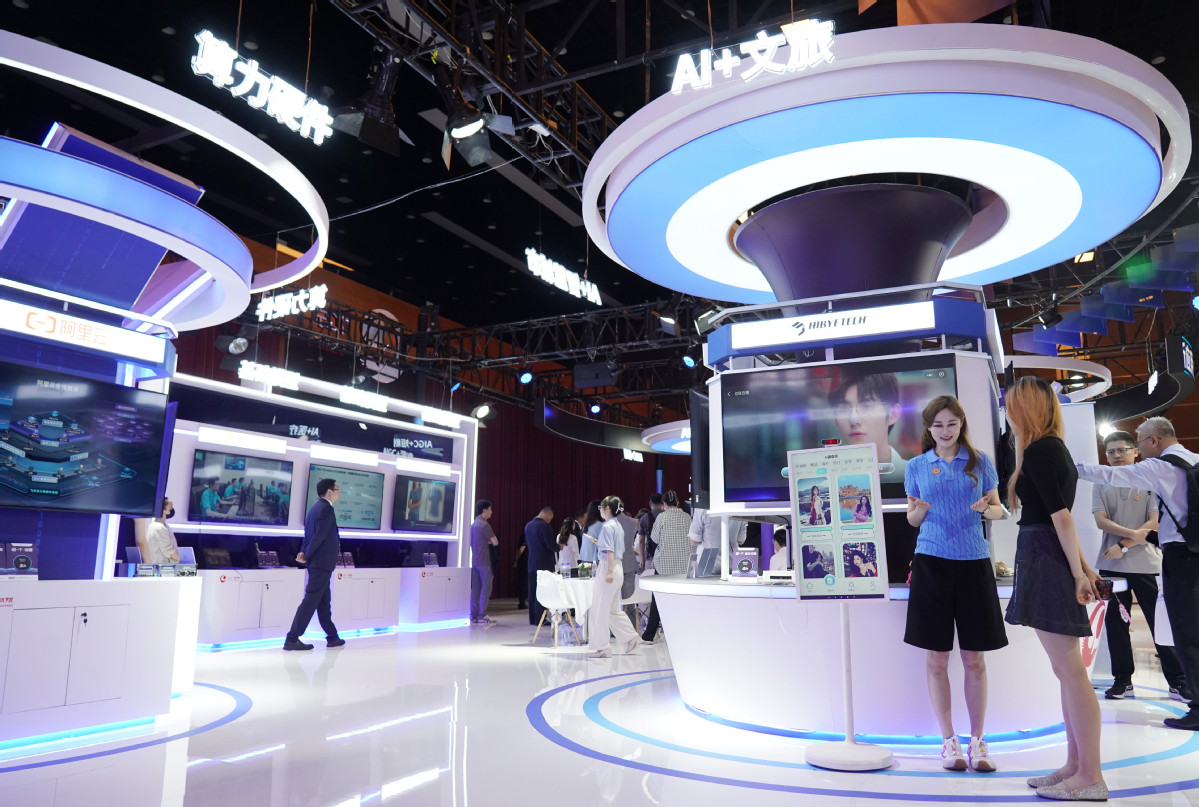
BEIJING — When picturing a steel factory, words like "heavy", "smoky" and "arduous" often come to mind. But a technological breakthrough is proving that the iron and steel industry can be smart and sophisticated, thanks to the power of artificial intelligence.
Shougang Group, one of China's largest steelmakers, is leading the way with an AI-powered visual system that is transforming the entire steelmaking process from labor-driven to model-driven. With this cutting-edge technology in place, the steel giant has boosted production efficiency by over 20 percent and reduced defects by 35 percent.
Exemplifying the shift toward digital and intelligent industrial transformation, the AI-powered system was named as one of the top 10 benchmark applications at the 2025 Global Digital Economy Conference, which wrapped up in Beijing on July 5. During the event, business leaders and industry representatives discussed the growing impact of AI across industries, highlighting China's broader push toward smart manufacturing.
"For a company of our size, the top priority in the face of the ongoing AI revolution is to explore how this technology can deliver better solutions to our challenges, and how it improves quality, increases efficiency and reduces cost," said Jiang Xingqun, senior vice-president of BOE Technology Group Co Ltd, one of the world's largest display panel manufacturers.
"Traditional visual technology has been widely used for quality checks, but it still falls short in addressing some issues," Jiang said. "This is why we employ AI for data labeling, model training and detection of defects and abnormalities." He noted that in recent years, BOE has also developed its own automated decision-making system, which is already being used in production.
The company has been actively seeking ways to integrate AI into display panel manufacturing, a comprehensive process that encompasses quality inspection, monitoring and analysis, defect repairs and equipment maintenance. With the help of AI, BOE has effectively improved graphic processing efficiency, shortened defect handling cycles and reduced labor costs.
Similarly, numerous companies across the country are accelerating their digital transformation efforts. According to the China Internet Development Report 2024, the country now has nearly 10,000 digitalized workshops and intelligent factories. Of these, more than 400 have been recognized as national-level benchmark factories in smart manufacturing, utilizing technologies such as AI and digital twins.
Industry insiders highlighted that the costs of large models have dropped sharply over the past year, creating favorable conditions for the application of AI technologies. Ruan Yu, vice-president of Baidu, noted that as costs continue to fall, large AI models are becoming a core productivity tool for an increasing number of enterprises.
According to Zhang Di, vice-president of Kuaishou Technology and technical head of Kling AI, AI video generator technology will continue to evolve. By providing interactive and lifelike environments, it will further boost the development of the industrial internet and accelerate the digital transformation of manufacturing and other traditional industries, Zhang said.
In recent years, the Chinese government has introduced a wide range of measures to accelerate AI innovation and promote its application, intending to support new industrialization and the development of the industrial sector.
XINHUA

















